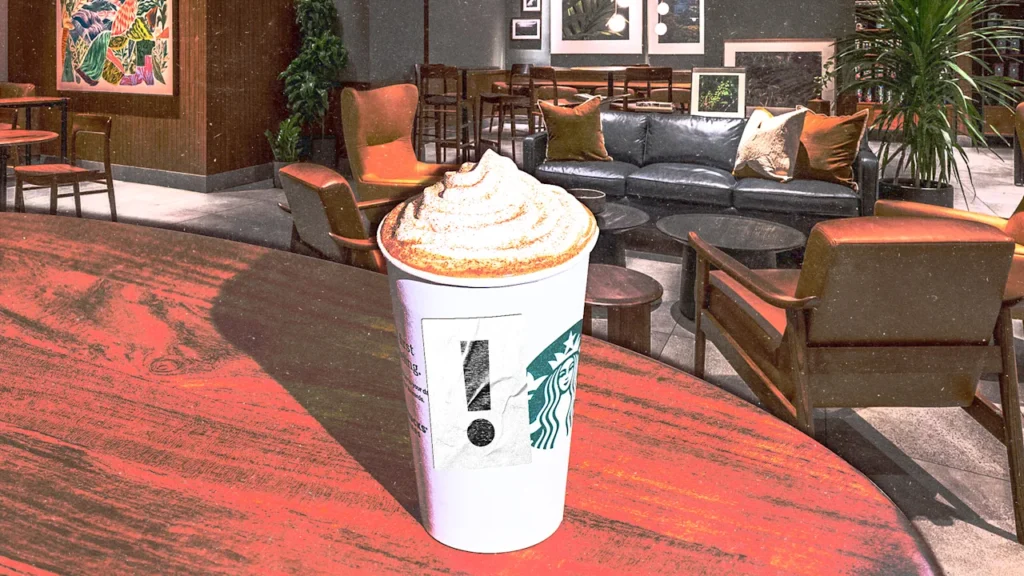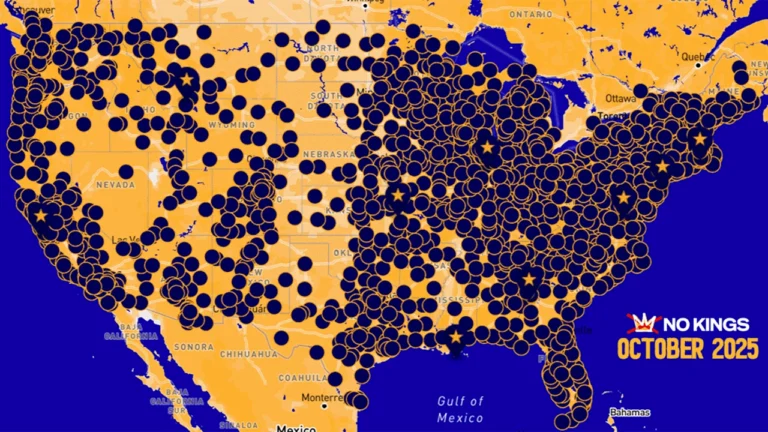
When Starbucks announced that it would phase out its mobile-order pickup-only locations beginning in 2026, it raised a question: Why abandon a format seemingly built for speed and efficiency?
As Starbucks CEO Brian Niccol explained in an earnings call, the pickup-only stores have a “transactional” feel, lacking “the warmth and human connection that defines our brand.”
While Niccol also touted the mobile-order options at its traditional coffee shops, I see Starbucks’s move as an attempt to return to its roots as a “third place”—a destination between home and work where people can gather and connect.
But this sort of pivot comes with trade-offs, and it creates interesting market opportunities for competitors. As a marketing professor and a coffee connoisseur, I’m offering this analysis to go with your morning cup of joe.
The two types of coffee shop patrons
In general, coffee shops attract two distinct customer segments. The first are what I call “stay-and-savor” customers—people who mostly use the site as a place to meet others or work. Their primary interest is in the space, not the mocha or muffins.
The second are “grab-and-go” customers—people who want a consistent product, delivered efficiently. They don’t linger at the store, so the place is less important to them than convenience, speed, and product quality. Think of the morning rush at your local coffee joint.
Starbucks’s pickup-only stores, branded as Starbucks PICK UP, cater to grab-and-go customers. If you don’t live in a busy area, you might never have heard of the brand: There are fewer than 100 Starbucks PICK UPs, many in densely packed cities.
In contrast, there are about 17,000 sit-in Starbucks stores across the United States. That means the company’s plan will affect just 0.5% of its locations. That’s not very much.
So why does this change have me a little, well, steamed up?
Back to the third place, whether you like it or not
As I said before, I see this move as part of an effort to emphasize “stay-and-savor” customers over their “grab-and-go” counterparts. Indeed, Niccol’s recent earnings call presentation claimed that Starbucks is “prioritizing warmth, connection, and community.” Starbucks also published a document stating its “principles for upholding the third place,” and its commitment seems to be more than just rhetorical.
The problem is that coffee shops aren’t like regular restaurants in terms of menu prices and customer spending. “Stay-and-savor” customers are costly to serve for coffee shops, and may generate insufficient revenue, making them less profitable. That could be bad for the bottom line.
The change could also have unintended consequences for workers and customers. For example, pickup-only stores allow employees to focus on food and beverage preparation, with less pressure to engage in small talk in the hopes of generating warmth and tips. Indeed, much academic research has shown that restaurant workers who serve customers report more emotional labor and stress and worse morale and well-being than those who don’t.
In contrast, Starbucks rivals such as Dunkin’ and the Chinese new entrant Luckin Coffee have embraced the grab-and-go customers. These rivals provide space for seating, but they don’t elevate their positioning as if their baristas are serving warmth, connection, and community.
Starbucks CEO Niccol has described the plan as a “sunsetting.” I’d watch out for Dunkin’ and Luckin Coffee and, of course, Starbucks’s financials in 2026, to determine whether the Starbucks sun sets or rises.
Vivek Astvansh is an associate professor of quantitative marketing and analytics at McGill University.
This article is republished from The Conversation under a Creative Commons license. Read the original article.




